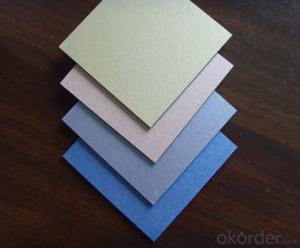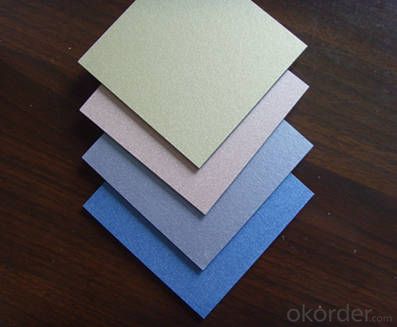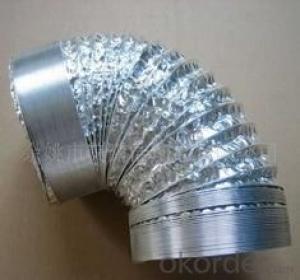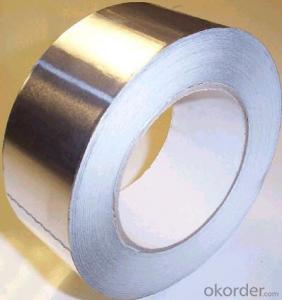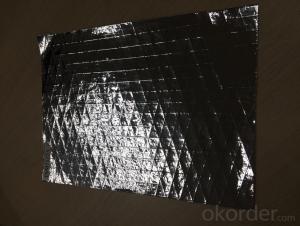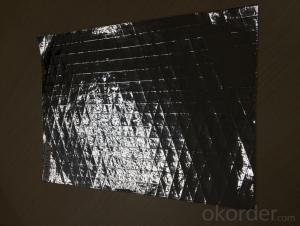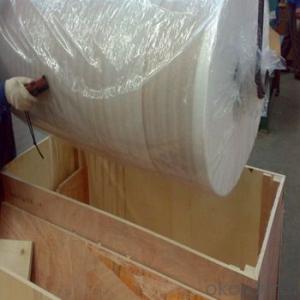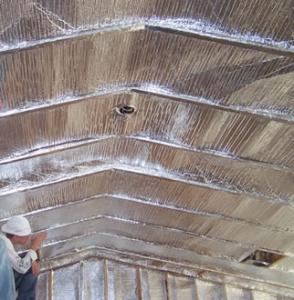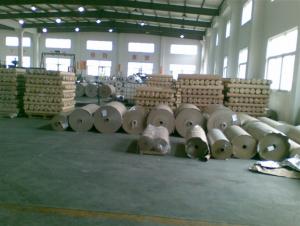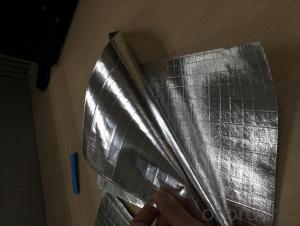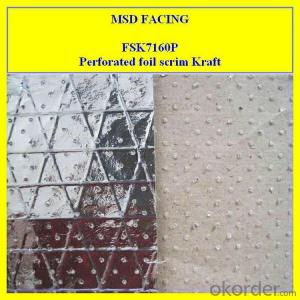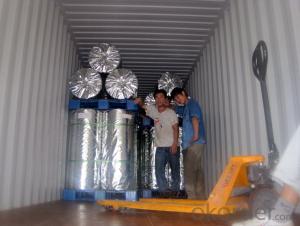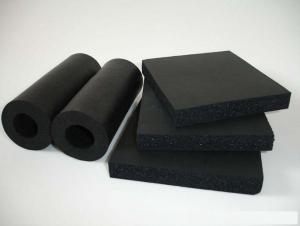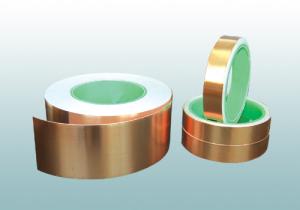Aluminum Foil Facing 8079 Aluminum Foil Kraft Paper
- Loading Port:
- Shanghai
- Payment Terms:
- TT OR LC
- Min Order Qty:
- 25 m.t.
- Supply Capability:
- 3000 m.t./month
OKorder Service Pledge
OKorder Financial Service
You Might Also Like
Specification
1. Structure of CC Aluminium in Coil Form for making Aluminium Circle Description
CC Aluminium in Coil Form for making Aluminium Circle is one semi-finished aluminium material. This coil can be rolled down to aluminium coil,sheet,circle ect. The alloy AA1050 is widly used in building, industry ect. Its weight is much lower than steel. So many customers choosed aluminium material instead of steel.
2. Specification of CC Aluminium in Coil Form for making Aluminium Circle
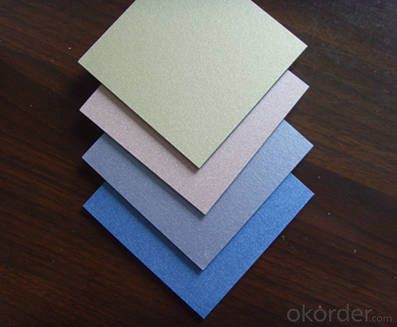
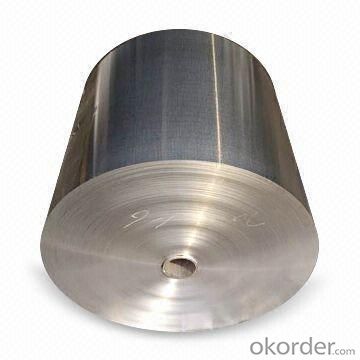
3. Application of CC Aluminium in Coil Form for making Aluminium Circle
(1).Interior: wall cladding, ceilings, bathrooms, kitchens and balconies, shutters, doors...
(2).Exterior: wall cladding, facades, roofing, canopies, tunnels,column covers , renovations...
(3).Advertisement: display platforms, signboards, fascia, shop fronts...
4. Feature of CC Aluminium in Coil Form for making Aluminium Circle
Surfact Quality :
Be free from Oil Stain, Dent, Inclusion, Scratches, Stain, Oxide Dicoloration, Breaks, Corrosion, Roll Marks, Dirt Streaks and other defect which will interfere with use,
Mechenical Property:
Chemical Composite and Mechanical Property
5. Certificate of CC Aluminium in Coil Form for making Aluminium Circle
SGS and ROHS(if client request, paid by client), MTC(plant provided), Certificate of Origin(FORM A, FORM E, CO), Bureau Veritas and SGS (if client request, paid by client), CIQS certificate
6. Image of CC Aluminium in Coil Form for making Aluminium Circle
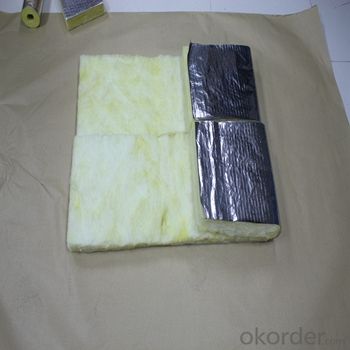
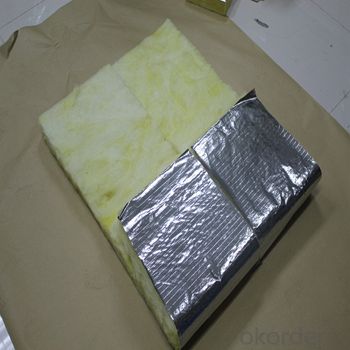
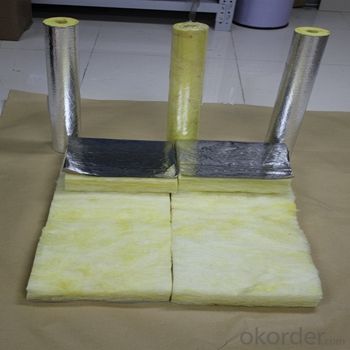
7. Package and shipping of CC Aluminium in Coil Form for making Aluminium Circle
First, plastic cloth with drying agent inside; Second, Pearl Wool ; Third, wooden cases with dry agent , fumigation wooden pallets, aluminum surface could cover blue PVC film
8. FAQ
1) What is the delivery time?
Depends on actual order, around 20 to 35 days
2) What is the QC system:
We have QC staff of 20 persons and advanced equipment, each production is with MTC traced from Aluminum ingot lot.
3) What market do you mainly sell to?
Australia, America, Asia, Middle East, Western Europe, Africa etc
- Q: What distinguishes various grades of aluminum foil sheets from one another?
- <p>Different grades of aluminum foil sheets are distinguished by their thickness, strength, and purity. Grade 1 is the purest and softest, used for food wrapping and baking. Grade 2 is harder and more tear-resistant, suitable for heavy-duty use like grilling. Grade 3 is an alloy and offers high strength and durability, often used in industrial applications. Grade 4 is a heat-treatable alloy, providing high strength and used in aerospace and automotive industries. Each grade has specific applications based on its unique properties.</p>
- Q: Is it possible to use aluminum foil facing as a material for baking goods?
- <p>Yes, aluminum foil facing can be used to make baked goods, but it's important to use it correctly. Aluminum foil is a common material used in baking for lining baking sheets and pans to prevent sticking and to facilitate easy removal of baked goods. It's crucial to ensure that the foil is food-grade and safe for use with food. When using aluminum foil, make sure it covers the bottom and sides of the pan to prevent direct contact between the food and the pan, which can lead to uneven cooking or burning. Additionally, avoid using aluminum foil in broilers or at very high temperatures as it may melt or create a fire hazard.</p>
- Q: What is the preferred side of the lining material to face up in a baking tin: parchment paper or aluminum foil?
- <p>When lining a baking tin, it's generally better to use parchment paper with the non-shiny side facing up. Parchment paper is designed for direct contact with food and provides a non-stick surface, which is ideal for baking. Aluminum foil, on the other hand, should be dull side up to prevent food from sticking, but it's not recommended for direct contact with food as it can tear or create an uneven surface. If using foil, ensure it's food-safe and handle with care to avoid punctures.</p>
- Q: Can aluminum foil be shaped into a roasting rack?
- <p>Yes, you can create a makeshift roasting rack using aluminum foil. To do this, take two long sheets of aluminum foil and fold them back and forth to create a series of parallel ridges. These ridges will provide support for your roast while allowing air to circulate underneath. Place the folded foil on a baking sheet, spacing the ridges evenly apart to create a grid-like pattern. Your roast can then be placed on top of this foil 'rack' for cooking. This method is a simple and effective way to elevate your food for better heat distribution and crisping.</p>
- Q: What are the various materials used as facings for aluminum foil, and how do they differ from one another?
- <p>Aluminum foil facing materials are used in construction and insulation to provide a barrier against air and moisture. The different types include: 1) Kraft paper facing, which is a strong, absorbent paper used for general purposes; 2) Glassine facing, a thin, glossy paper with good water resistance; 3) PE-coated facing, where a layer of polyethylene is applied for enhanced water resistance; 4) Aluminum foil facing, which is a thin layer of aluminum for superior barrier properties; 5) Silicone-treated glass fabric, offering high-temperature resistance and used in high-performance applications. Each type has unique properties affecting their use in various applications.</p>
- Q: This question asks for methods to clean oil stains from the aluminum foil facing of a surface.
- <p>To remove oil stains from aluminum foil facing, start by scraping off any excess oil with a plastic scraper or a butter knife. Then, mix a solution of warm water and dish soap. Apply the solution to the stained area and let it sit for a few minutes. Use a soft cloth or sponge to gently scrub the area. Rinse with warm water and dry thoroughly. For stubborn stains, you can use a mixture of baking soda and water to create a paste, apply it to the stain, let it sit for 15 minutes, then scrub and rinse. Always test cleaning methods on a small, inconspicuous area first to ensure no damage occurs.</p>
- Q: Is it safe to use aluminum foil facing for storing perishable foods like milk or yogurt?
- <p>Using aluminum foil facing for storing perishable foods like milk or yogurt is generally safe. Aluminum foil doesn't react with these foods and can help maintain freshness by providing a barrier against light and air. However, it's important to ensure that the foil is food-grade and that the container is properly sealed to prevent contamination. Always check the foil for any tears or punctures that could compromise the integrity of the seal. Additionally, avoid using aluminum foil in direct contact with acidic foods as it may cause a reaction over time.</p>
- Q: This question asks for a comparison of the pros and cons of using aluminum foil as a facing material in food packaging.
- <p>Aluminum foil facing in food packaging offers several advantages, such as excellent barrier properties against light, oxygen, and moisture, which helps in preserving the freshness and taste of food. It is also lightweight, cost-effective, and provides a shiny, visually appealing appearance. Additionally, aluminum foil is recyclable, contributing to sustainability efforts. However, there are disadvantages, including its limited heat resistance, which can lead to warping or melting when exposed to high temperatures. It can also cause environmental concerns due to improper disposal, as it is not biodegradable and can contribute to littering if not recycled properly.</p>
- Q: Is it possible to repurpose old aluminum foil facing from various items for alternative uses?
- <p>Yes, you can reuse old aluminum foil facing for various purposes. It can be repurposed for crafts, such as creating reflective surfaces or adding texture to art projects. It can also be used in cooking as a makeshift roasting pan liner or to cover dishes to keep them warm. Additionally, aluminum foil facing can be used for insulation, wrapped around pipes to reduce heat loss, or even as a temporary solution for blocking light in greenhouses or windows. Always ensure the foil is clean and in good condition before reusing it for any purpose.</p>
- Q: Can aluminum foil be shaped into a fish basket?
- <p>Yes, you can use aluminum foil facing to make a fish basket. Start by cutting a large piece of aluminum foil and folding it in half. Create a base by folding the edges up to form a shallow bowl shape. Then, fold the sides up and around, gradually narrowing the width to create the sides of the basket. Continue this process until you reach the desired height, ensuring the sides are sturdy enough to hold the fish. Seal the top with a final fold to complete the basket. This makeshift fish basket can be used for cooking or serving fish, but it's not recommended for heavy use or sharp objects due to the fragility of aluminum foil.</p>
Send your message to us
Aluminum Foil Facing 8079 Aluminum Foil Kraft Paper
- Loading Port:
- Shanghai
- Payment Terms:
- TT OR LC
- Min Order Qty:
- 25 m.t.
- Supply Capability:
- 3000 m.t./month
OKorder Service Pledge
OKorder Financial Service
Similar products
Hot products
Hot Searches
Related keywords
